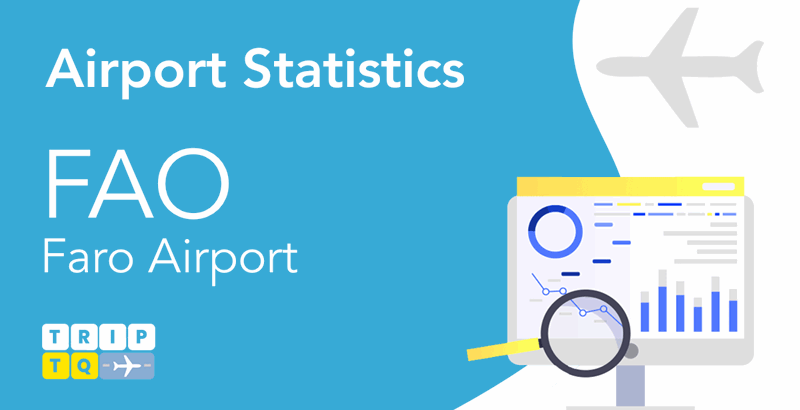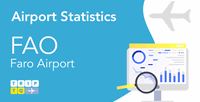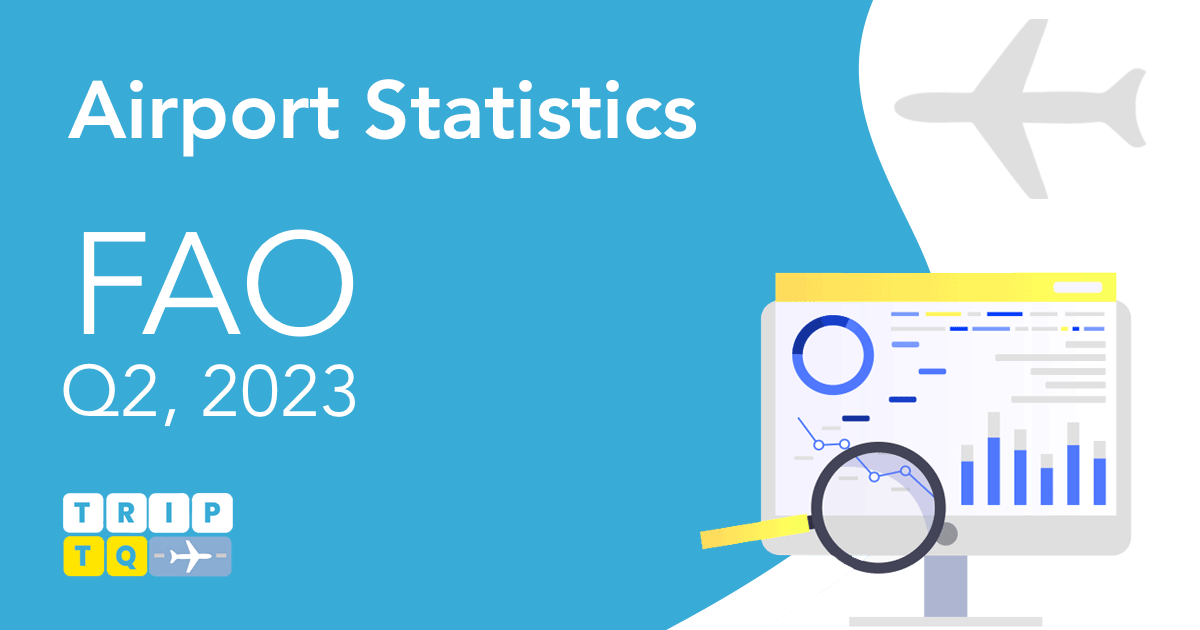
Faro Airport Passenger Volume Slightly Recovers with a 3% Surge in August 2023
In the post-pandemic era, airports worldwide strive to recover and adapt to the new normal. Since 2019, there has been a notable increase in passenger traffic. However, some airports have faced significant challenges in recovering from the reduced numbers during lockdowns. Among these, Faro Airport stands out with a modest recovery. In August 2023, this hub recorded a 3.45% increase in passenger numbers compared to the same month in the pre-pandemic year of 2019. The airport’s successful recovery offers potential insights and strategies for other airports worldwide.
Effective Pandemic Response
The airport authorities at Faro Airport responded effectively to the pandemic, playing a crucial role in its recovery. They implemented measures that ensured the safety of passengers and staff, such as rigorous cleaning protocols, social distancing measures, and health checks. These actions not only protected everyone at the airport but also helped regain passenger confidence. As a result, more people felt safe to travel, leading to an increase in traffic.
Government Initiatives
Government initiatives significantly contributed to the recovery of Faro Airport. The government provided financial support to airlines and airports, helping them navigate the economic challenges brought about by the pandemic. Additionally, they implemented policies that facilitated travel while ensuring safety, such as revised quarantine rules and travel bubbles. These initiatives helped restore passenger confidence and encourage more people to travel.
Strategic Planning
Strategic planning by the airport management was another key factor in Faro Airport’s recovery. The management efficiently managed resources and optimized operations under new safety protocols. They also communicated effectively with airlines and passengers, informing them about changes and updates. This proactive approach helped streamline operations and ensure a smooth passenger experience despite the challenging circumstances.
Collaboration with Airlines
The collaboration between Faro Airport and airlines was instrumental in its recovery. By working together, they could coordinate schedules, manage capacity effectively, and offer flexible options to passengers. This collaboration ensured that flights were efficiently scheduled and capacity was optimally utilized, minimizing disruptions and maximizing passenger satisfaction.
Continuous Improvement
Continuous improvement in operations and services played a significant role in attracting more passengers to Faro Airport. The airport has continuously enhanced its safety protocols, passenger services, and facilities. For instance, they improved check-in processes, upgraded lounge facilities, and introduced new retail options. These improvements not only enhanced the passenger experience but also demonstrated the airport’s commitment to providing high-quality services.
The quicker recovery of Faro Airport can be attributed to several factors, including an effective pandemic response, government initiatives, strategic planning, collaboration with airlines, and continuous improvement. Despite the challenges faced during the pandemic, these actions have led to a significant increase in passenger traffic at this hub. This underscores the importance of adaptation, collaboration, and continuous improvement in the aviation industry in the post-pandemic era.

FREE Cancellations, NO card fees!

Value Options View Offers
Useful Information about Faro Airport

Faro Airport witnessed a remarkable 13.69% increase in passenger traffic of 1,083,661 in October 2023 compared to 935,258 passengers recorded in the same month in 2019.
View...
Faro Airport witnessed a modest 4.83% decrease in passenger traffic between September 2019 and 2023, understanding the underlying causes is critical for its future trajectory.
View...
Faro Airport’s Q3 2023 Triumph: Passenger Numbers Climb by 16.89%, Surpassing Pre-Pandemic Figures
View...
In Q2, Faro Airport achieved a record passenger traffic of 14% over the previous year. This also represents a 3% increase in passenger numbers compared to pre-pandemic levels.
View...